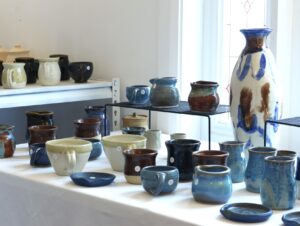Uralla Portraits – School of Drawing, is located in the heart of Uralla. This space is devoted to the teaching and practice of drawing, especially portraiture and the human figure.
Portraiture and Figure Drawing are important topics for the visual artist to master as they serve to form a strong foundation of knowledge which can also be applied to subjects such as still life or landscape, and to other artistic disciplines such as sculpture, printmaking, and animation.
With a strong passion for the visual arts and in particular arts education, we hope to create and maintain an inclusive and welcoming space for our students and visitors.
– Evelyn Alvarez (Visual Artist, Tutor)
Open Times and Location
General Business Hours // Thur – Mon 10am – 5pm
Evening Drawing Classes // Mon – Wed – 6pm – 9pm
26 Bridge St, Uralla NSW 2358





